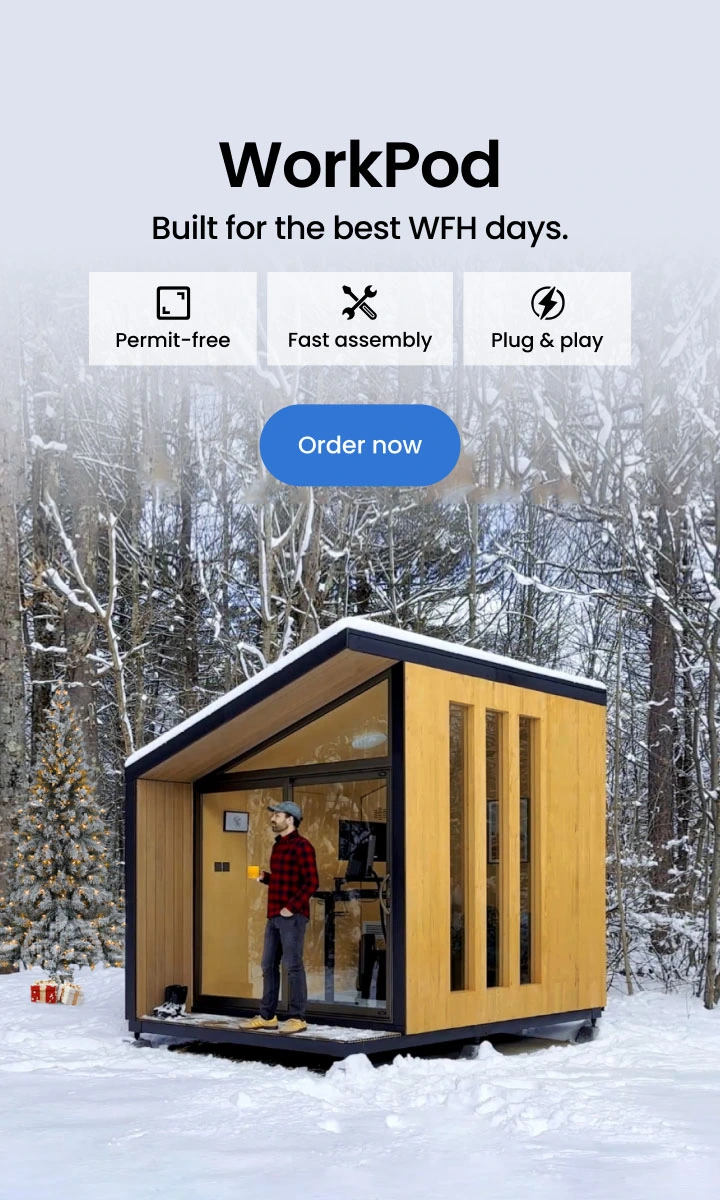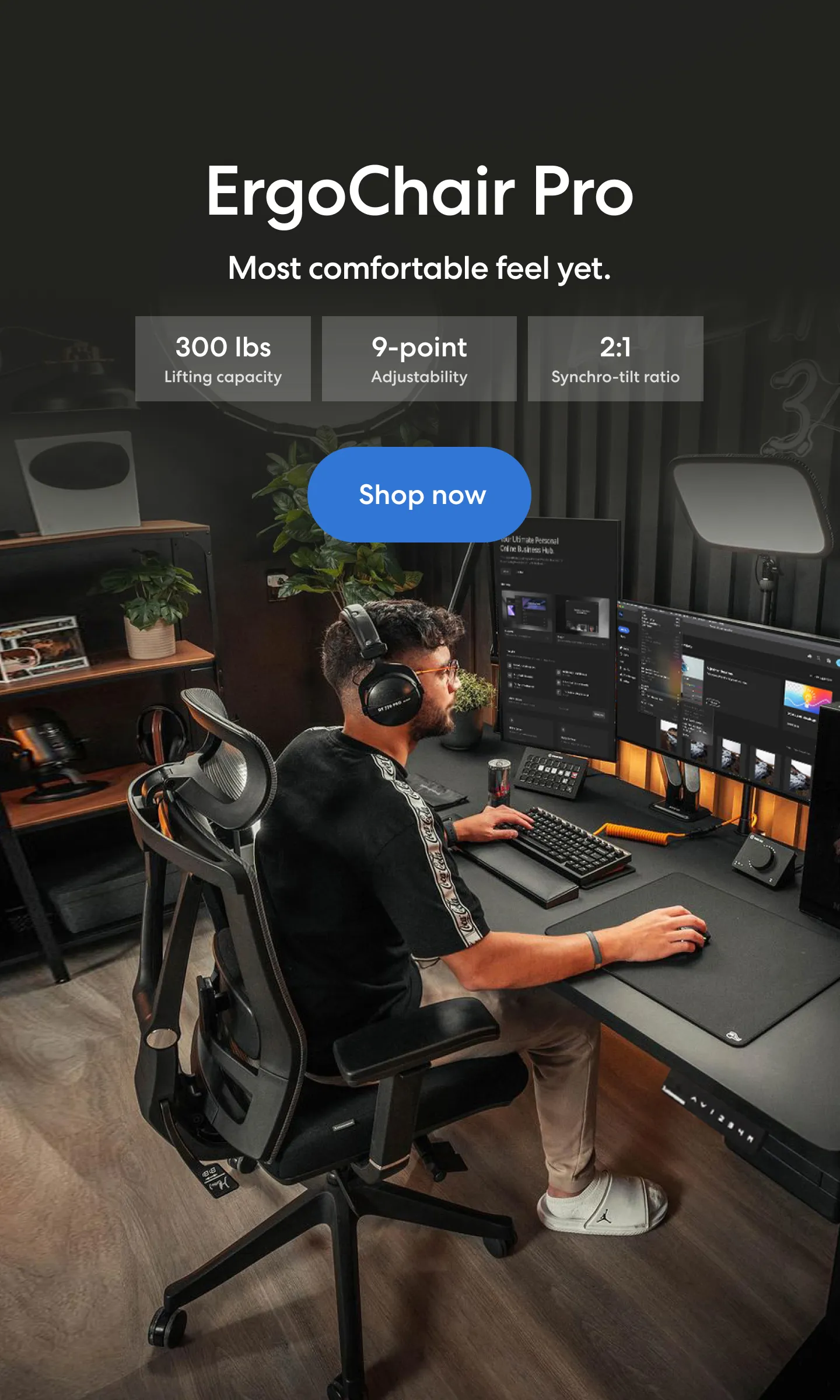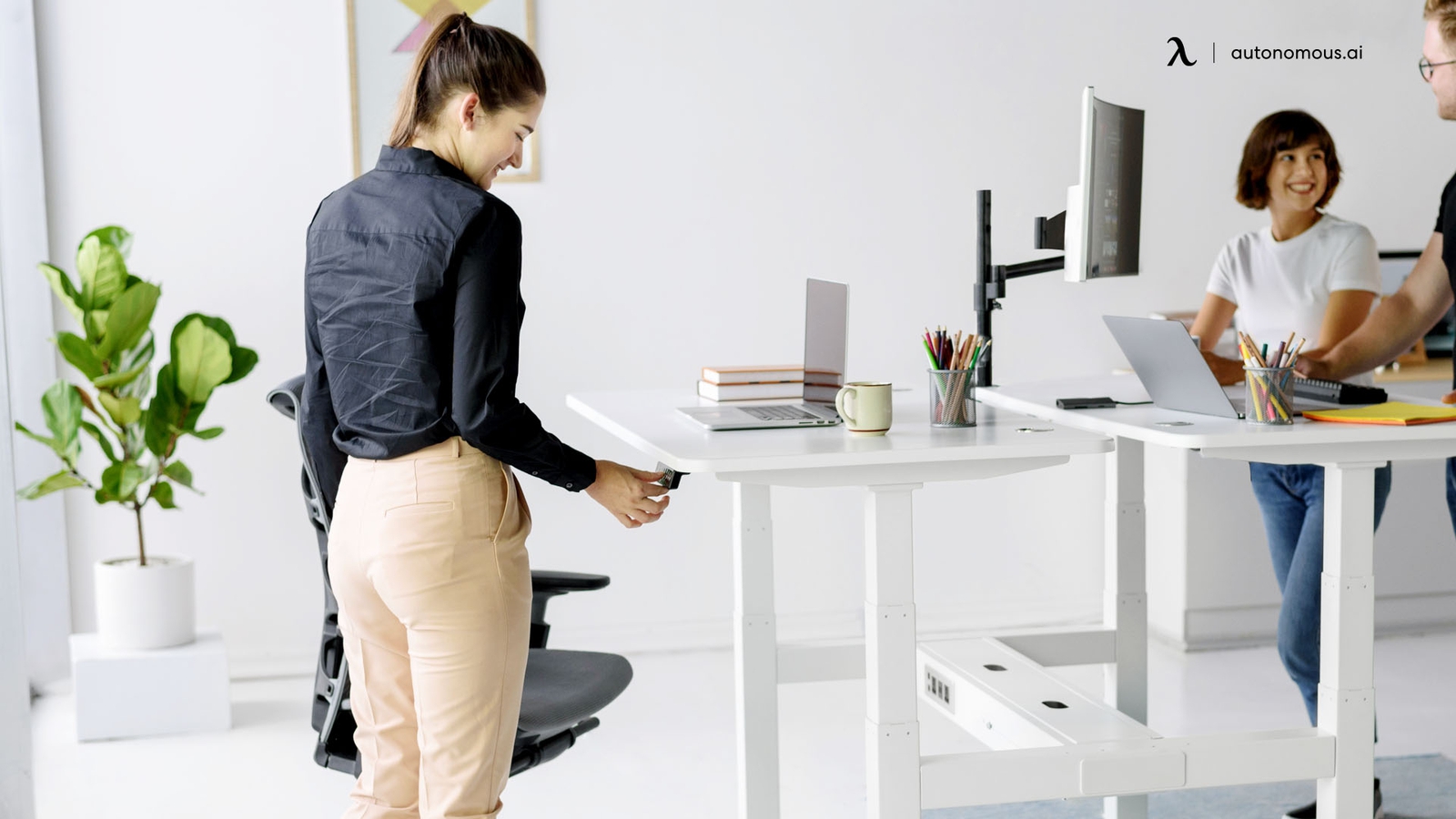
Table of Contents
If you’ve ever felt like your desk is just a bit too low for comfort, you’re not alone. Whether you’re taller than average, switching to a chair with a higher seat, or trying to set up an ergonomic workspace, knowing how to raise desk height can make a big difference. From quick fixes to more permanent solutions, there are multiple ways to make a desk taller without compromising stability or aesthetics.
If you’re unsure what height works best for you, a desk height calculator can help you find the ideal setup before making adjustments. In this guide, we’ll walk through the best methods to increase desk height, their pros and cons, and tips to ensure your setup remains comfortable and safe.
Why Desk Height Matters for Comfort & Productivity
A desk that’s too low can cause you to hunch your shoulders, bend your wrists at awkward angles, and strain your back over time. On the flip side, a desk that’s too high can cause arm fatigue, neck strain, and reduced comfort when typing or writing.
The ideal desk height depends on your body proportions and whether you’re sitting or standing:
- For sitting: Your elbows should be bent at about 90 degrees, and your forearms parallel to the ground.
- For standing: The desk should be at elbow height, so your arms can rest naturally while typing.
If your desk doesn’t align with these ergonomic guidelines, you might need to raise your desk height. This is especially important if you’ve switched chairs, upgraded to a standing desk gaming setup, or started working from home with a new posture in mind.
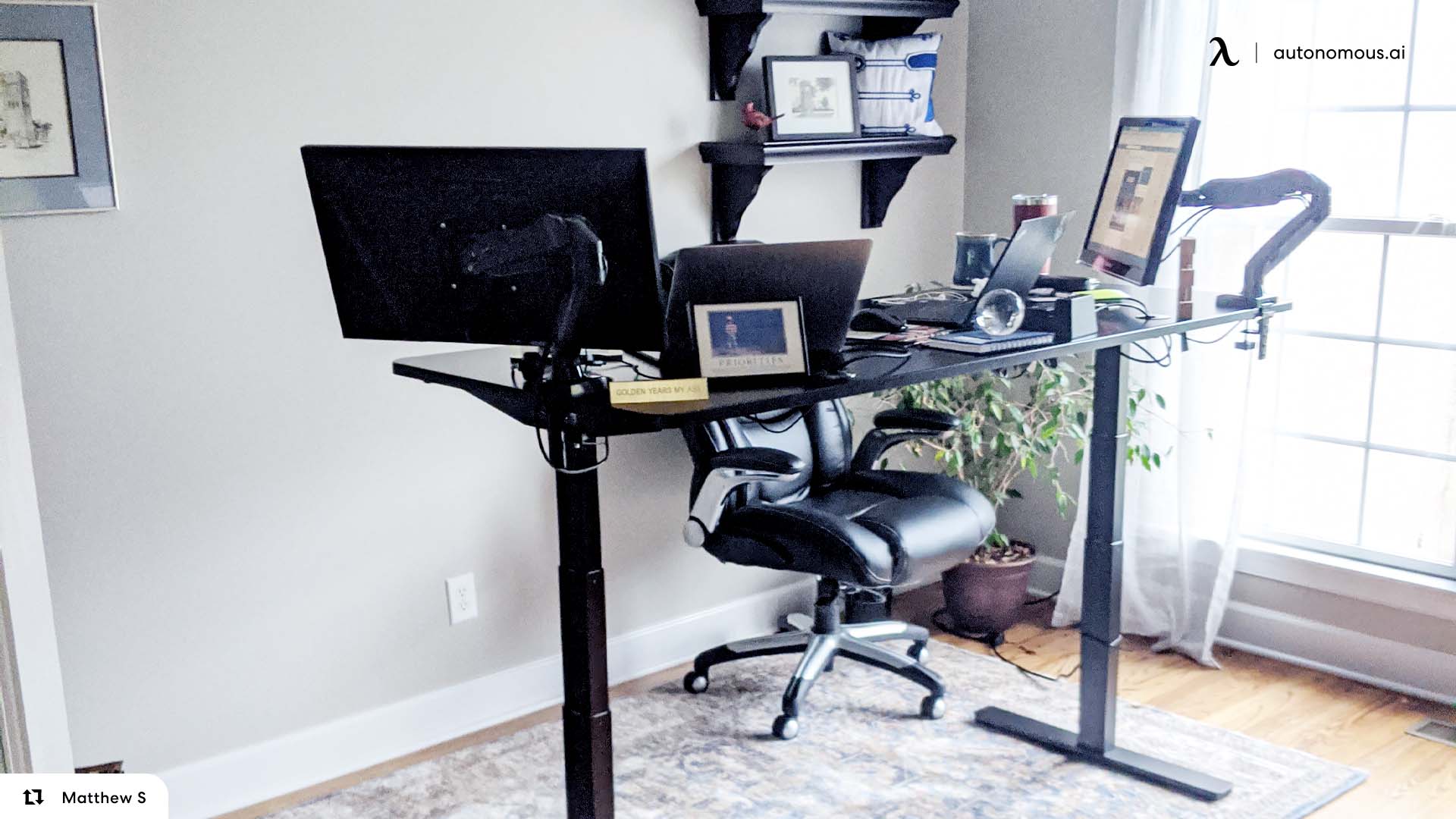
Quick, Non-Permanent Ways to Increase Desk Height
If you’re looking for a fast and reversible solution, these methods are easy to implement and won’t require major modifications.
1. Furniture Risers
Furniture risers are one of the easiest ways to make a desk higher. They’re designed to sit under the legs of your desk, lifting it anywhere from 1 to 8 inches. Many are adjustable and come in materials like plastic, wood, or metal. They’re especially useful if you don’t want to alter your desk permanently.
2. Desk Leg Extenders
Similar to risers, leg extenders attach directly to your desk legs. These can be adjustable, giving you more control over your desk’s final height.
3. Caster Wheels
If mobility is a plus in your workspace, adding caster wheels not only makes your desk portable but can also increase desk height by 2 to 4 inches. Make sure to choose lockable casters to keep the desk stable.
4. Wooden or Metal Blocks
If you’re handy, you can cut sturdy wooden or metal blocks and secure them under each leg. This is an affordable DIY option but requires careful measurement to keep the desk level.

Permanent Modifications to Make Your Desk Taller
If you’re confident you won’t need to lower your desk again, these options are sturdier and more integrated.
1. Replace Desk Legs
Swapping out your desk’s current legs for taller ones is a clean, permanent way to raise a desk. Many office supply and hardware stores sell replacement legs in various heights.
2. Add a Base Platform
Building a custom wooden base or frame for your desk to sit on can lift it several inches. This works well for large desks or workbenches.
3. Install Adjustable-Height Desk Legs
If you want flexibility, you can upgrade your desk with standing desk legs. This essentially turns your fixed desk into a semi-adjustable model without the need to buy a complete standing desk. Adjustable legs let you fine-tune the height for different users, making it easier to maintain ergonomic posture whether you’re sitting or standing. They’re also a great option if you already have a desktop you love and don’t want to replace.
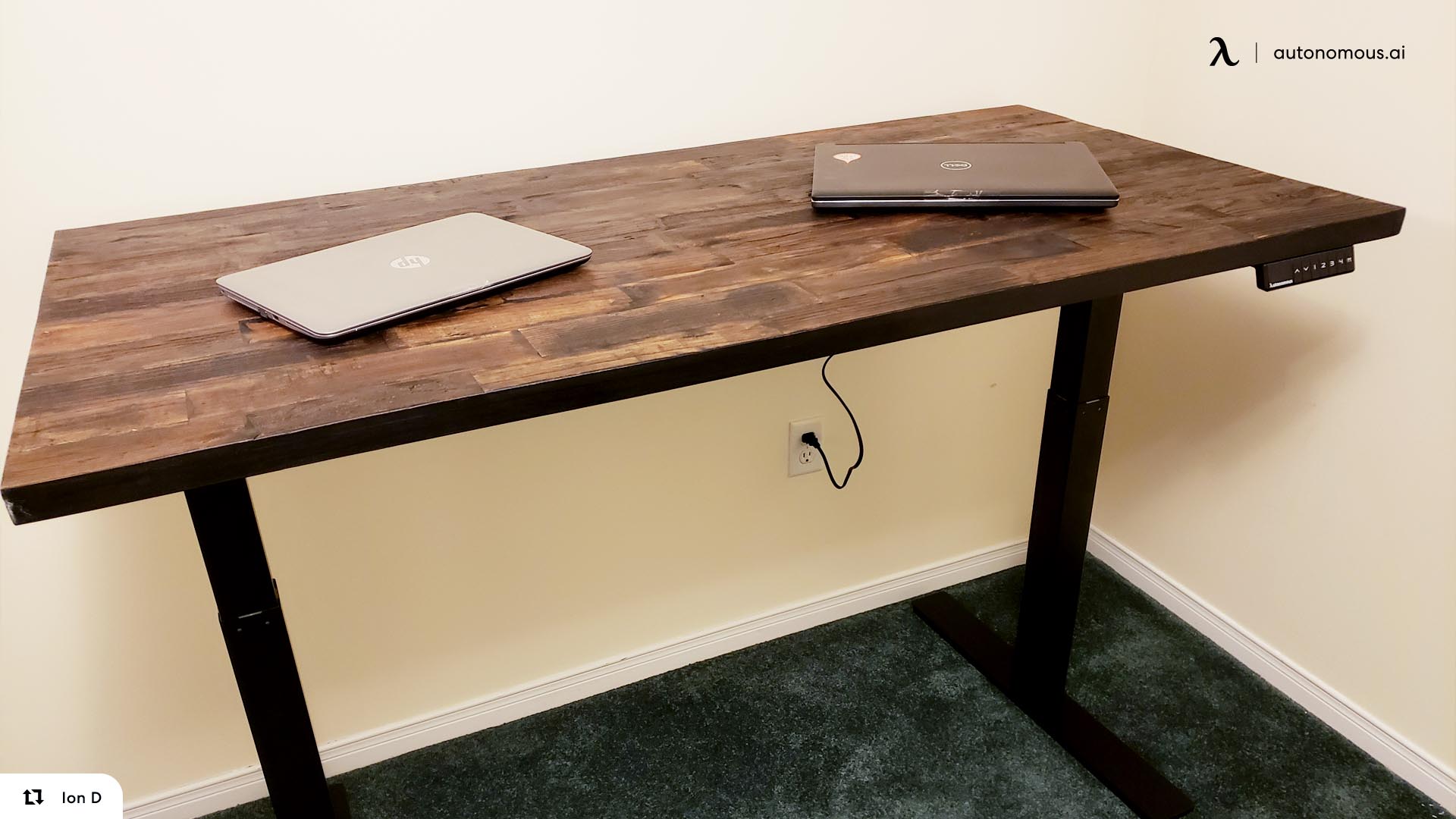
Raising a Fixed Desk vs. Converting to a Standing Desk
Sometimes, how to raise desk height comes down to deciding whether to keep your current desk or switch to an adjustable option.
Raising a fixed desk is often cheaper and faster, especially if you like your current desk’s style and size. Simple solutions like risers or leg extensions can get the job done without replacing furniture.
On the other hand, converting to a height adjustable desk — either by replacing your current one or adding a desk converter — gives you the flexibility to alternate between sitting and standing. This can improve posture, boost focus, and reduce fatigue over time. You can explore different standing desk mechanisms to find one that fits your needs.
If you’re taller, a standing desk for tall person ensures you can work comfortably without hunching, while a standing desk for short people can help keep your wrists and shoulders in the right ergonomic position. Those dealing with discomfort may even consider a standing desk for back pain to create a healthier work routine.
If you plan to use your workspace for years to come, an adjustable desk might be worth the investment.
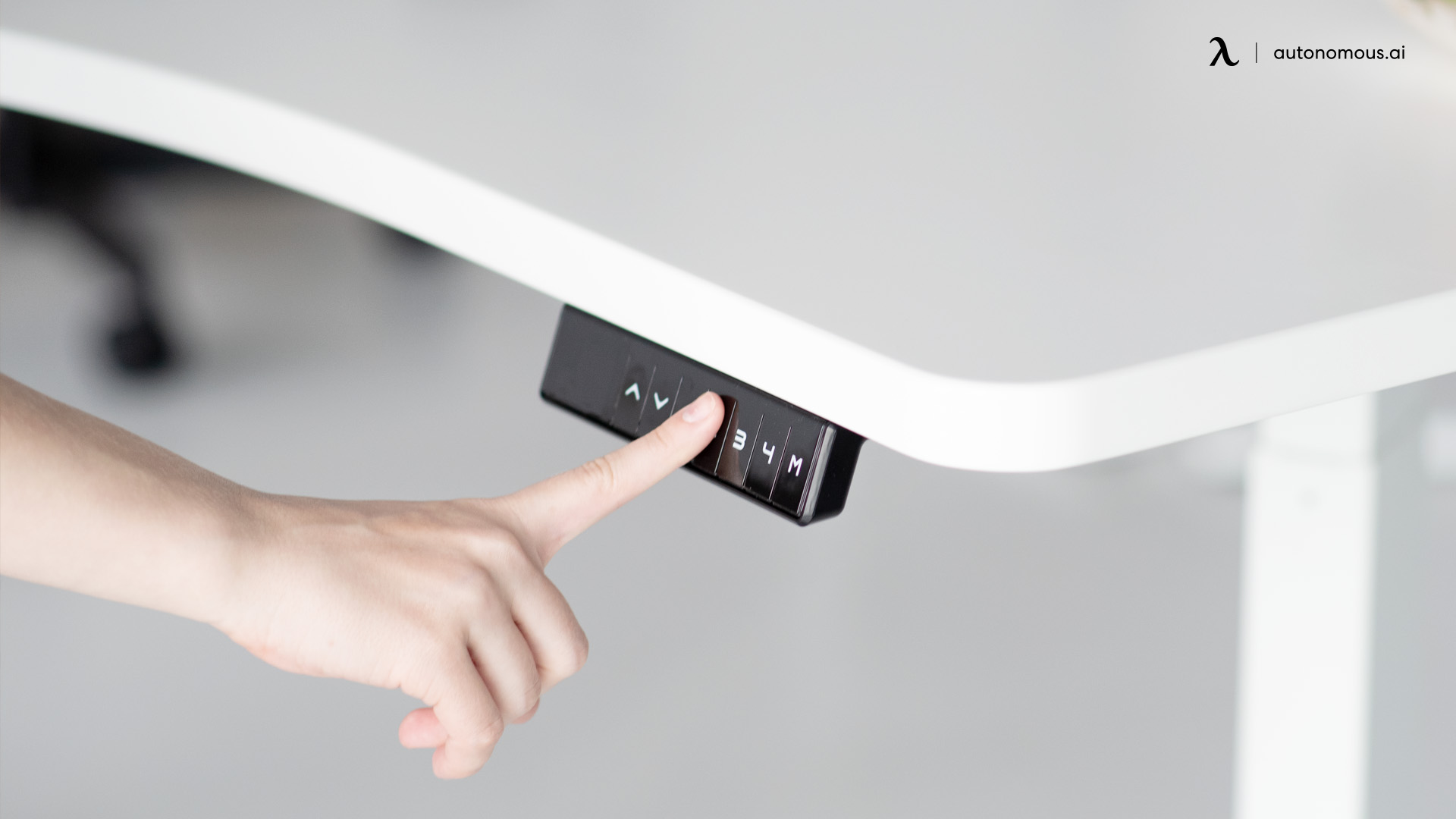
Safety & Stability Tips When Raising a Desk
- Check weight limits: Especially if you’re adding risers or wheels, make sure they can support your desk’s weight plus your equipment.
- Distribute weight evenly: Uneven support can make your desk wobble, which is risky for monitors and electronics.
- Secure attachments: Use screws, brackets, or adhesive pads to keep extensions firmly in place.
- Test stability: After raising your desk, gently push on different corners to check for any movement.
Alternatives to Raising Your Desk
Not everyone needs to physically raise their desk to achieve a comfortable setup. In some cases, making small adjustments to your chair or workspace accessories can be just as effective. Here are a few alternatives worth considering:
- Adjust Your Chair Height
If your desk feels too low, lowering your chair might be the simplest fix. Just make sure your feet stay flat on the floor to avoid strain. If your chair doesn’t go low enough, this method may not work, but for many setups it’s the quickest adjustment. You can use an ideal office chair height guide to make sure your chair and desk combo keeps you in a healthy, ergonomic posture.
- Use a Footrest
When you raise your chair height, your feet may dangle uncomfortably. A footrest solves this problem by supporting your legs and helping maintain proper posture. Even a sturdy box can do the job if you don’t want to buy a dedicated accessory.
- Switch to an Ergonomic Chair
An ergonomic chair with multiple height and tilt adjustments can give you more flexibility to align your body with your desk. Some models also feature adjustable seat depth and lumbar support, which helps fine-tune your setup without modifying the desk itself.

- Monitor and Keyboard Adjustments
Sometimes it’s not about the desk at all. Raising your monitor with a stand or lowering your keyboard tray can create the right balance for posture. By adjusting these accessories, you might avoid changing your desk height altogether.
- Consider a Standing Desk Converter
If your goal is more flexibility throughout the day, a standing desk converter can sit right on top of your current desk. This gives you extra height when you need it and the option to return to sitting, without making permanent changes.
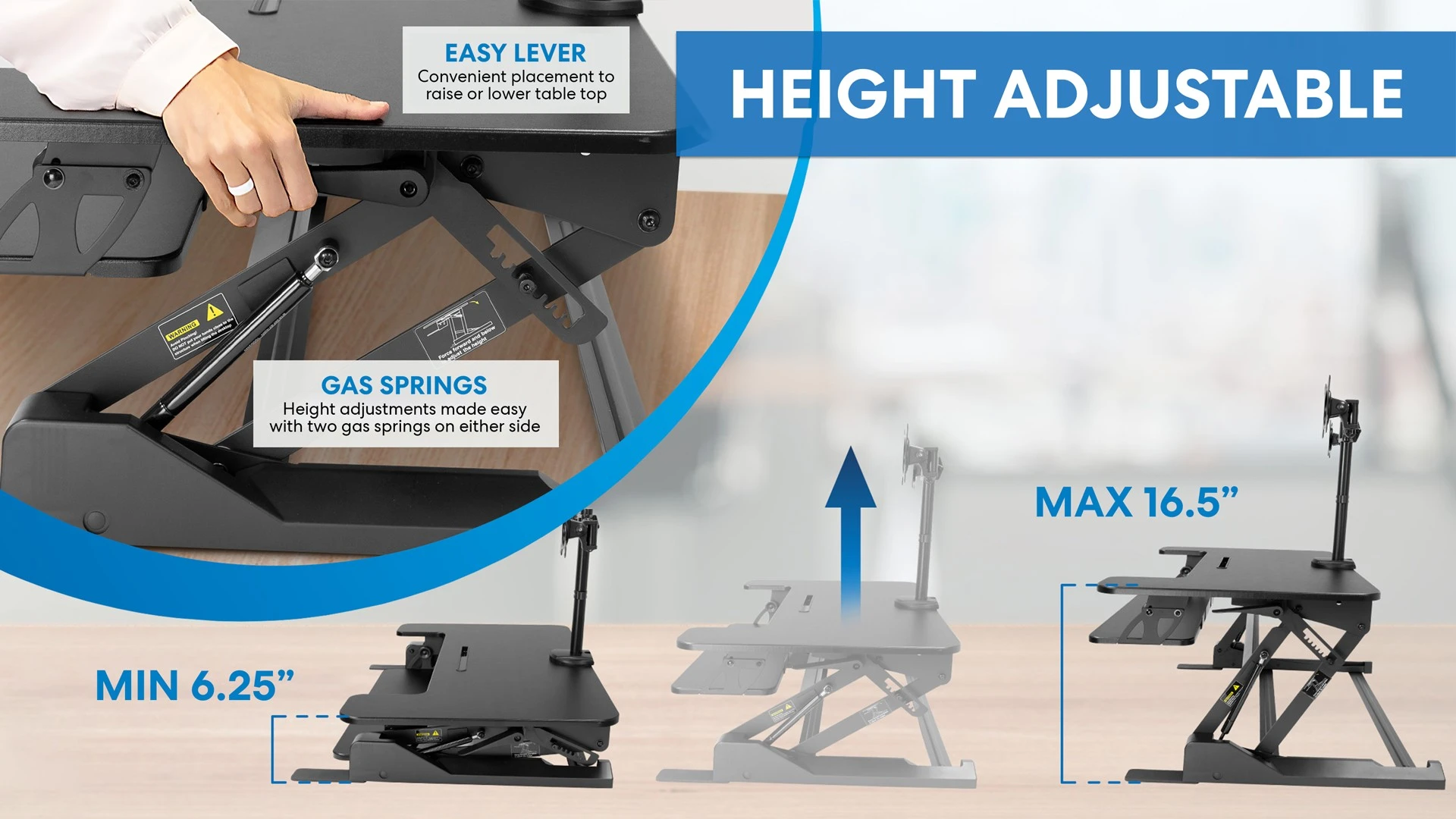
FAQs
Can I raise a glass desk safely?
Yes, but you must ensure the risers or extenders are stable and evenly placed under each leg. Avoid methods that could cause the glass to flex or crack.
How high should a desk be for my height?
For sitting, the average is 28–30 inches for people between 5'8" and 6'0". For standing, desk height should match your elbow height.
Are desk risers safe for heavy equipment?
Yes, as long as they’re rated for the total weight of your desk and devices. Metal risers typically hold more than plastic ones.
What’s the cheapest way to make a desk taller?
DIY wooden blocks or budget-friendly furniture risers are usually the most affordable options.
Is it better to raise my desk or lower my chair?
It depends on ergonomics — lowering your chair may cause your feet to dangle, which can hurt circulation. Raising the desk often keeps better posture.
Conclusion
Learning how to make a desk taller isn’t complicated — it just depends on your budget, DIY skills, and whether you want a temporary or permanent fix. From furniture risers to adjustable legs, there’s a solution for every workspace. The goal is simple: increase desk height so your setup matches your body, improves comfort, and keeps you productive.
.svg)





